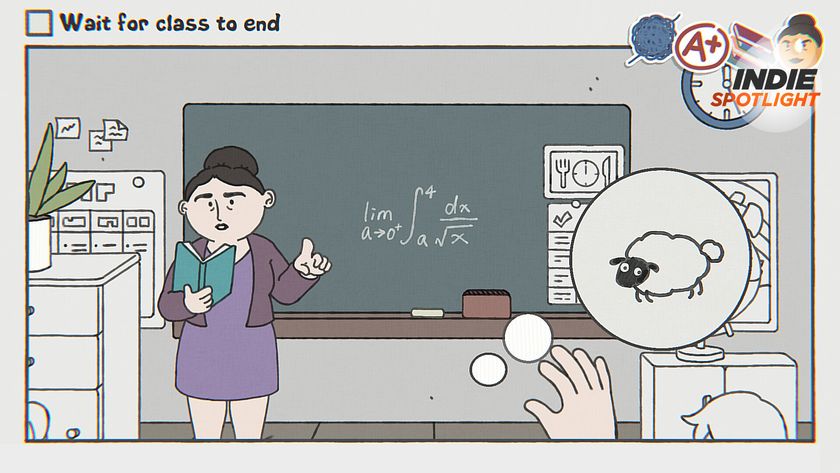Why Limbo is one of the greatest games ever made
Descending into the stark, desaturated darkness
Limbo’s refusal to give the player signs and tells of what is to come, and its insistence that the brutal, sudden pitfalls of the The Boy’s journey come to be known first-hand, the hard way, is its masterstroke. Because as you should have come to realize by now, Limbo is about the moment-to-moment immediacy of a fearful emotional journey rather than the wider sweep of a literal one.

That’s not to say that Limbo is unremitting punishment. After all, a one-note emotional journey can be no emotional journey at all. As an elegant mirror-image of its unexplained threats, Limbo’s unexplained solutions are as understatedly empowering as its dangers are silently oppressive. The game is as deliberately sparse of traditional game mechanics as it is of traditional plot.
The Boy can run. The Boy can jump. The Boy can drag and push things. Everything else is down to physics and context, and as a result his options are not limited but freed up above and beyond what games with more complex rule-sets would allow. Limbo essentially works just as the real world would if it were 2D. There are no short-cuts and there are no false obstructions to action. This more direct, less artificial approach to puzzles and obstacles creates yet closer empathy between the player and The Boy, at the same time crafting the illusion that each solution is the dynamic, spontaneous creation of the player him or herself. Total empathy in fear of the dark, total empathy in the brief flashes of light that cut through it.
There are as many ways to interpret Limbo’s overall meaning as there are people to play it. You might see it as a straight ghost story about a lost sibling. You might see the abstract signifiers of its scenery – from woodland, to tribal encampment, to urban sleaze, to industrial hell – as clues to a story about the lonely journey from childhood to adulthood.
You might question the significance of those unexplained Lost Boy-esque figures in the darkness. Are they human? Are they enemies? Do they ask the same questions of you? You might even see Limbo as the death-dream of its protagonist, its set-pieces and passages all an abstraction of his life and its end. You might – and probably will – be sure that it’s something else that we haven’t even thought of. And you’ll be right.

Because by giving the player just enough light to see with and more than enough darkness to fill with their own fears, and by creating such empathy through the careful construction of the mechanics by which that darkness is explored, Limbo has created not just another cheap reproduction of cinema, but a real piece of art which affects deeply and personally in the way only an interactive work could do.
And as such, it has created one of the 100 best games of all time.
Sign up to the 12DOVE Newsletter
Weekly digests, tales from the communities you love, and more
"Why _____ is one of the best games ever made" is a weekly feature that goes through GamesRadar's list of the 100 best games of all time and highlights different titles, explaining why they're on the list, what makes them so amazing, and why we love them so much.

Pokemon reaches settlement in lawsuit over mobile game "Pocket Monster: Remake," operators "sincerely apologize" and say they've "learned our lessons"

Life is Strange director says Don't Nod returned to its episodic roots in Lost Records because he's not "invested" in Netflix's binge model
Most Popular





